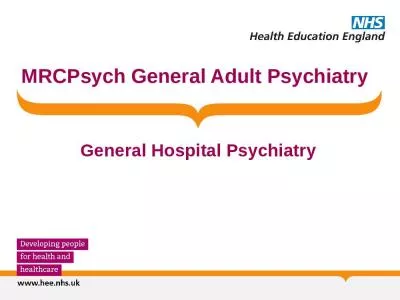PPT-California Hospital
Author : celsa-spraggs | Published Date : 2017-10-16
Emergency Food Planning Guidance and Toolkit CHA Webinar Recorded on May 30 2013 Welcome Cheri Hummel Vice President Disaster Preparedness California Hospital Association
Presentation Embed Code
Download Presentation
Download Presentation The PPT/PDF document "California Hospital" is the property of its rightful owner. Permission is granted to download and print the materials on this website for personal, non-commercial use only, and to display it on your personal computer provided you do not modify the materials and that you retain all copyright notices contained in the materials. By downloading content from our website, you accept the terms of this agreement.
California Hospital: Transcript
Download Rules Of Document
"California Hospital"The content belongs to its owner. You may download and print it for personal use, without modification, and keep all copyright notices. By downloading, you agree to these terms.
Related Documents

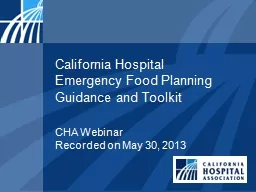
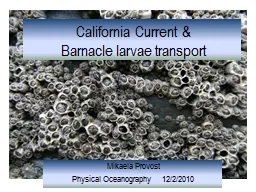
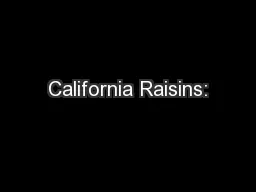



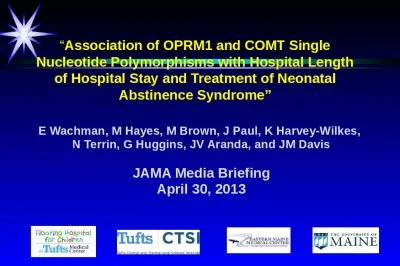
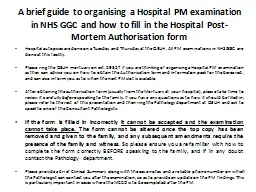
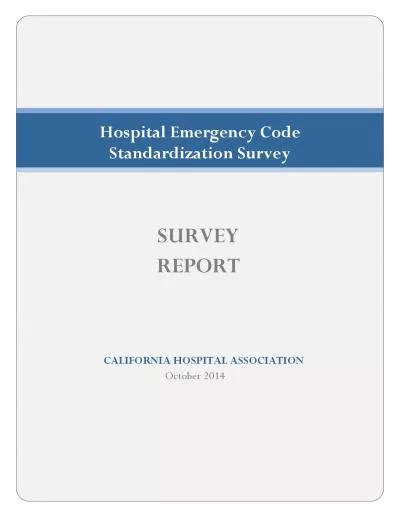
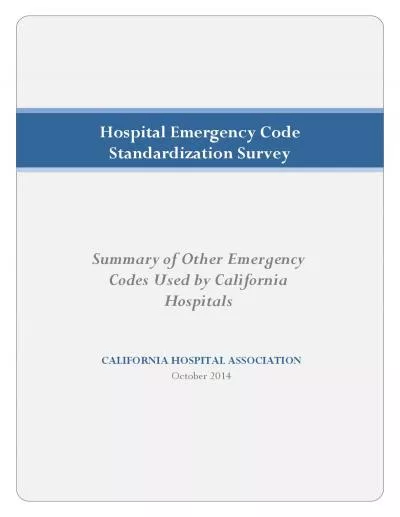
![[PDF READ ONLINE] PELLETB Test Prep California: California POST Exam Study Guide and Practice](https://thumbs.docslides.com/1017695/pdf-read-online-pelletb-test-prep-california-california-post-exam-study-guide-and-practice.jpg)
